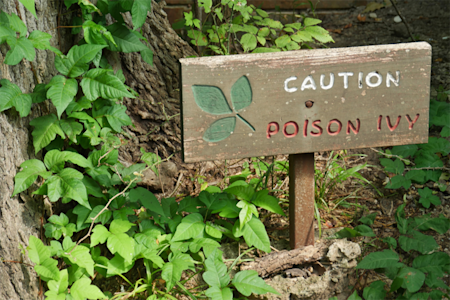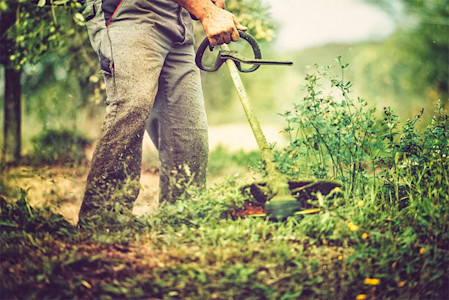Poison ivy, oak, and sumac

While poison ivy is the most common cause of contact dermatitis in the United States, a host of other common plants are capable of producing skin reactions.

If you think you’ve touched one of these plants, acting quickly may prevent a rash. Here’s what dermatologists recommend you do immediately after encountering poison, ivy, oak, or sumac.

It’s an oil in these plants that causes the rash. By taking some precautions, you may be able to prevent the oil from getting on your skin.

In this video, you’ll find out what dermatologists recommend for treating the rash at home.

Most people develop a red, itchy rash with blisters, but the rash can show up in other ways. Pictures show you how this rash can appear on the skin.

Your skin absorbs the oil from these plants quickly, but you rarely see a rash right away. Find out how long it can for a rash to appear.

Some people develop one rash and later see more rashes on their body, but does this mean that the rash is contagious?
 Atopic dermatitis: More FDA-approved treatments
Atopic dermatitis: More FDA-approved treatments
 Biosimilars: 14 FAQs
Biosimilars: 14 FAQs
 How to trim your nails
How to trim your nails
 Relieve uncontrollably itchy skin
Relieve uncontrollably itchy skin
 Fade dark spots
Fade dark spots
 Untreatable razor bumps or acne?
Untreatable razor bumps or acne?
 Tattoo removal
Tattoo removal
 Scar treatment
Scar treatment
 Free materials to help raise skin cancer awareness
Free materials to help raise skin cancer awareness
 Dermatologist-approved lesson plans, activities you can use
Dermatologist-approved lesson plans, activities you can use
 Find a Dermatologist
Find a Dermatologist
 What is a dermatologist?
What is a dermatologist?